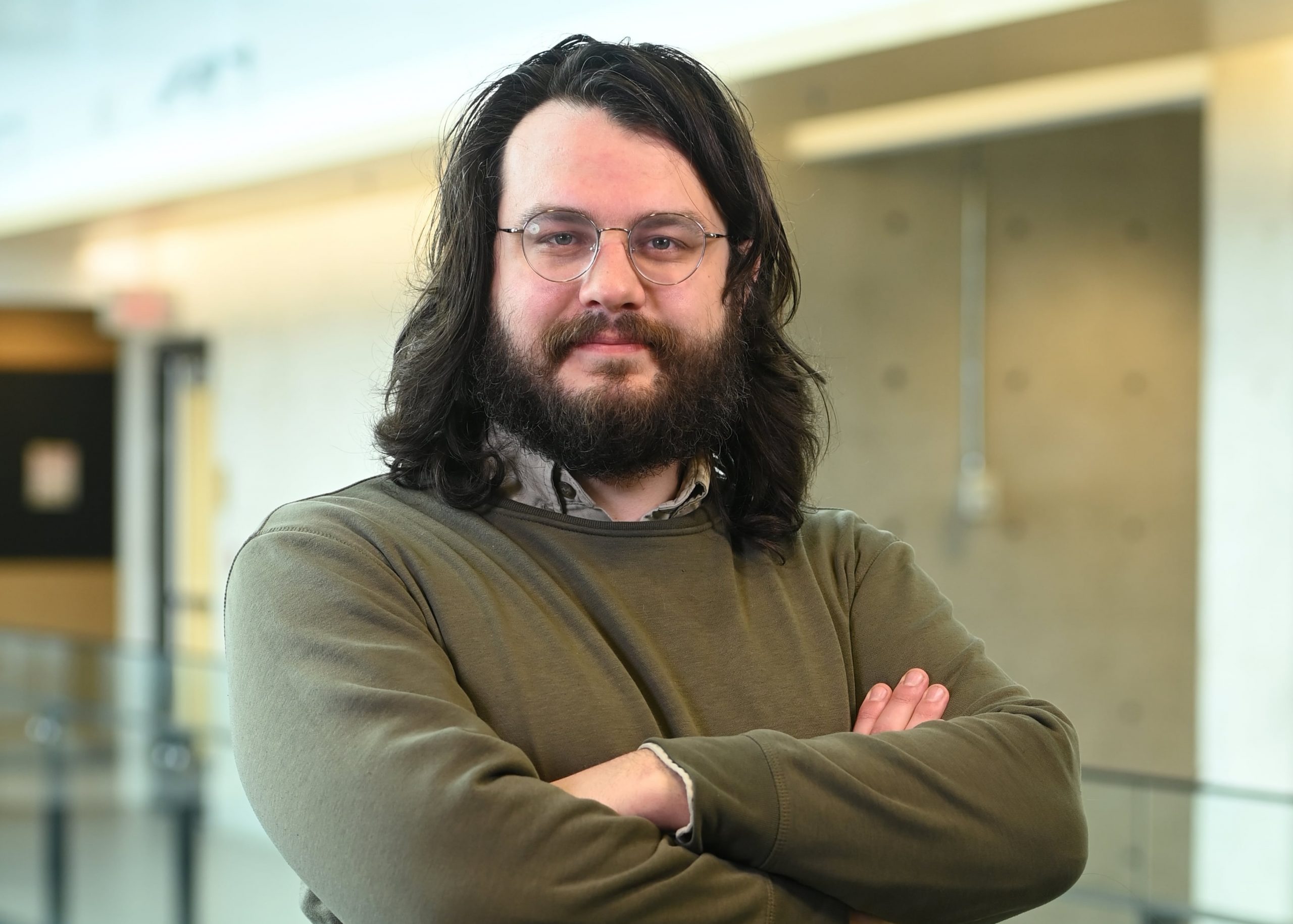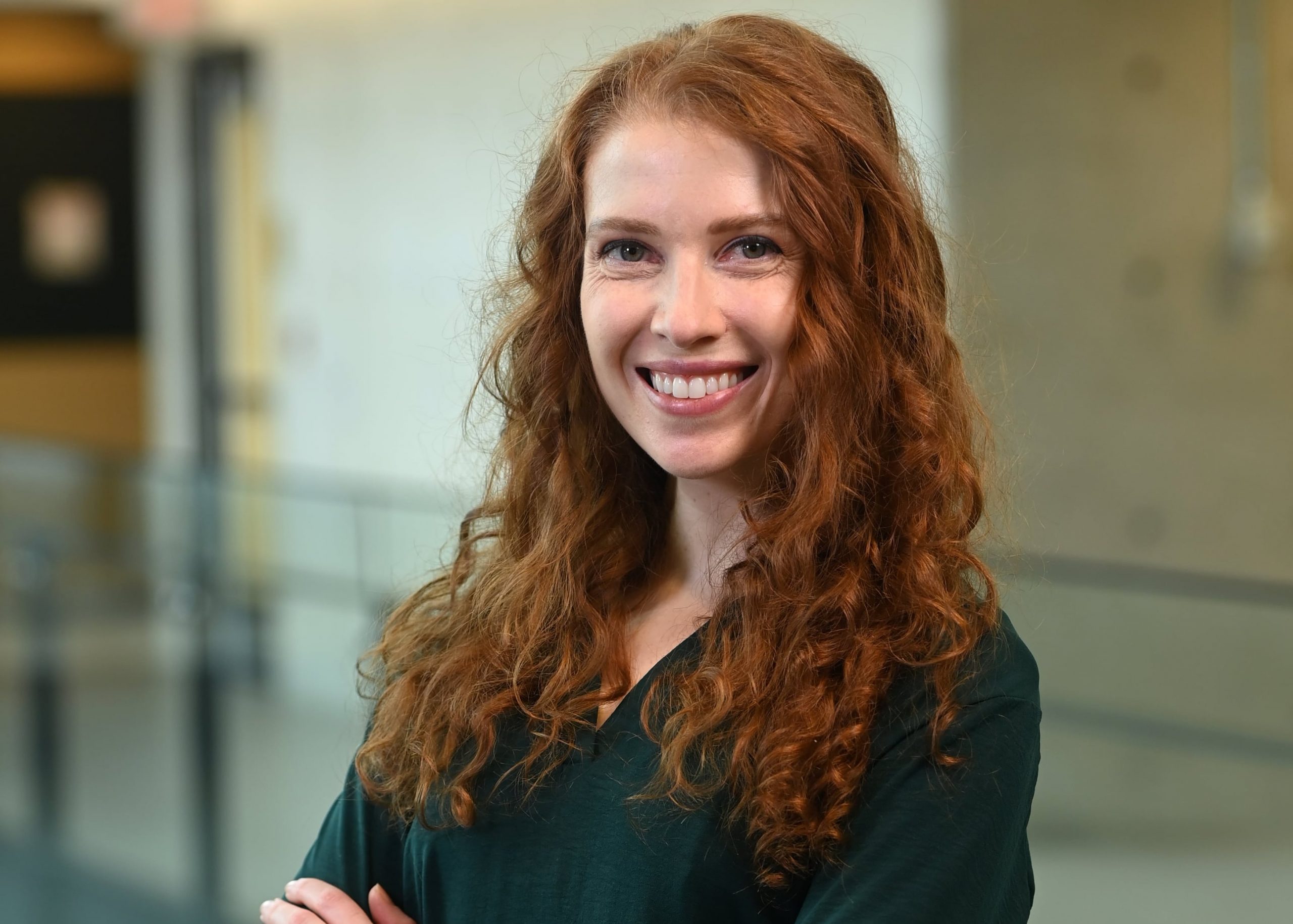
Below there are two near-identical images that will flash one after another. Try to spot the difference between them.
http://nivea.psycho.univ-paris5.fr/ECS/kayakflick.gif
If you are like me, you let this image flip back and forth 10+ times before giving up. However, if I were to tell you where to look (the cliffside to the left of the kayaker’s head), the change becomes glaringly obvious. What makes this task so difficult is the 80 milliseconds between the images when the screen goes white. When they did this in a research lab without any visual buffer, people typically spotted the change in a little less than two seconds. But when there was a buffer, it took 20+ seconds on average to detect the change. We refer to this phenomenon as change blindness.
These significant changes in the scene go unnoticed due to the limitations of our visual working memory and attention systems. Working memory (the mechanism formerly known as ‘short-term memory’) is the workspace that our brains use to perform various mental tasks. We can temporarily hold information in our working memory, such as a phone number or an image. This is what we are using when comparing the formerly presented image to the currently displayed image. However, the images we hold in our working memory are not perfect representations, but instead a partially constructed representation of the picture which holds the information we deem most important or interesting. That makes it easy to miss out on what’s going on in the background.
The interesting aspects of the image that are stored in working memory are passed along by our attention, which automatically focuses on items of ‘central interest’. If a researcher makes a change to something of central interest in the image, like the picture’s main subject (the person in the kayak), participants pick up on this whether there is a visual buffer or not since their attention is typically focused on these locations before and after the switch. However, if the changed item is of marginal interest, such as the cliff in the kayak image, even significant changes can go undetected because they are not attended as closely, and therefore don’t get passed along to working memory.
So, who could make use of this kind of information? Magicians. Using some action that mimics the grey visual buffer in the experiments above, such as a cloth over a table, a hand over a deck of cards, or briefly pulling the eyes of the audience away from the location of the trick, magicians can make objects change or disappear without any detection. Researchers who study attention are very interested in how magicians execute their acts and have begun using their methods to study different forms of attention in the lab. If you want to learn more about how magicians use different attentional phenomena to pull off their acts, and how researchers have used illusions from magicians to study attention, there is a great review paper available to read here (authored by expert attention researchers and magicians, including ‘Teller’ from ‘Pen and Teller’).
Image source: Tobias Dahlberg via Pixabay










